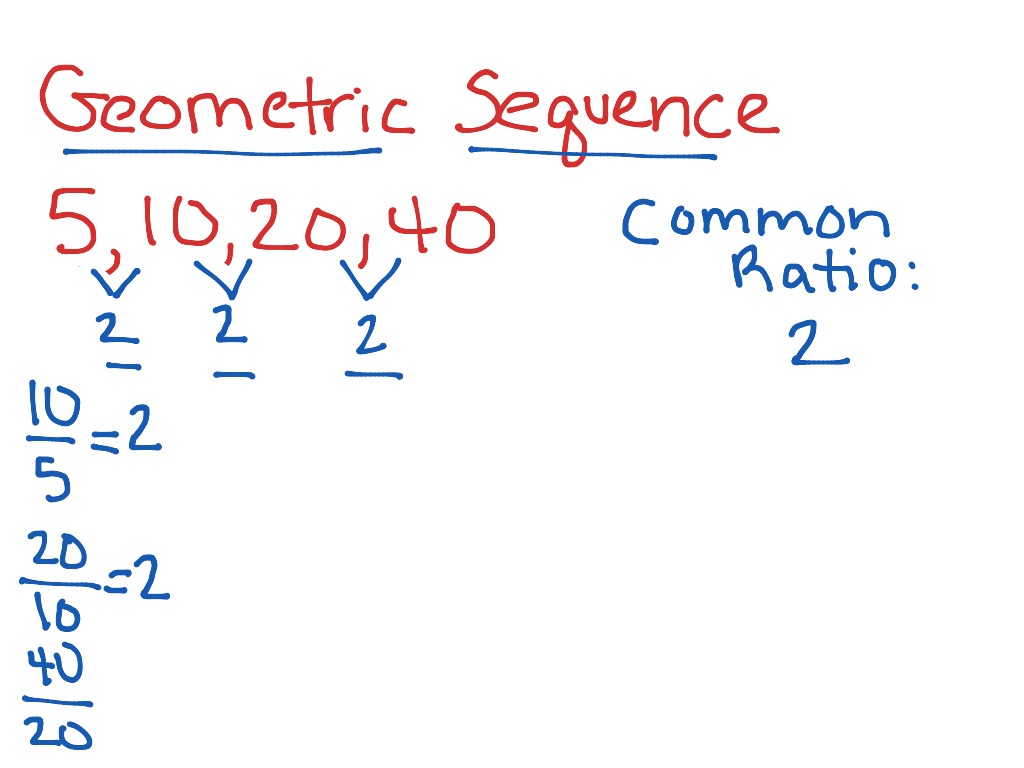

Use the information below to generate a citation. Then you must include on every digital page view the following attribution:

If you are redistributing all or part of this book in a digital format, Then you must include on every physical page the following attribution: If you are redistributing all or part of this book in a print format, Want to cite, share, or modify this book? This book uses the Round to the nearest thousandth when necessary. Use the right arrow key to scroll through the list of terms.įor the following exercises, use the steps above to find the indicated terms for the sequence.

Their growth follows the Fibonacci sequence, a famous sequence in which each term can be found by adding the preceding two terms. We may see the sequence in the leaf or branch arrangement, the number of petals of a flower, or the pattern of the chambers in a nautilus shell. Sequences occur naturally in the growth patterns of nautilus shells, pinecones, tree branches, and many other natural structures. Just try always to make sure, whatever resource you're using, that you are clear on the definitions of that resource's terms and symbols.) In a set, there is no particular order to the elements, and repeated elements are usually discarded as pointless duplicates.Writing the Terms of a Sequence Defined by a Recursive Formula Unfortunately, notation doesn't yet seem to have been entirely standardized for this topic. (Your book may use some notation other than what I'm showing here. That is, they'll start at some finite counter, like i = 1.Īs mentioned above, a sequence A with terms a n may also be referred to as " ", but contrary to what you may have learned in other contexts, this "set" is actually an ordered list, not an unordered collection of elements. Infinite sequences customarily have finite lower indices. When a sequence has no fixed numerical upper index, but instead "goes to infinity" ("infinity" being denoted by that sideways-eight symbol, ∞), the sequence is said to be an "infinite" sequence.
SEQUENCES ALGEBRA SERIES
Don't assume that every sequence and series will start with an index of n = 1. Or, as in the second example above, the sequence may start with an index value greater than 1. This method of numbering the terms is used, for example, in Javascript arrays. The first listed term in such a case would be called the "zero-eth" term. The Sequence Calculator finds the equation of the sequence and also allows you to view the next terms in the sequence. Note: Sometimes sequences start with an index of n = 0, so the first term is actually a 0. Algebra Sequence Calculator Step 1: Enter the terms of the sequence below.


 0 kommentar(er)
0 kommentar(er)
